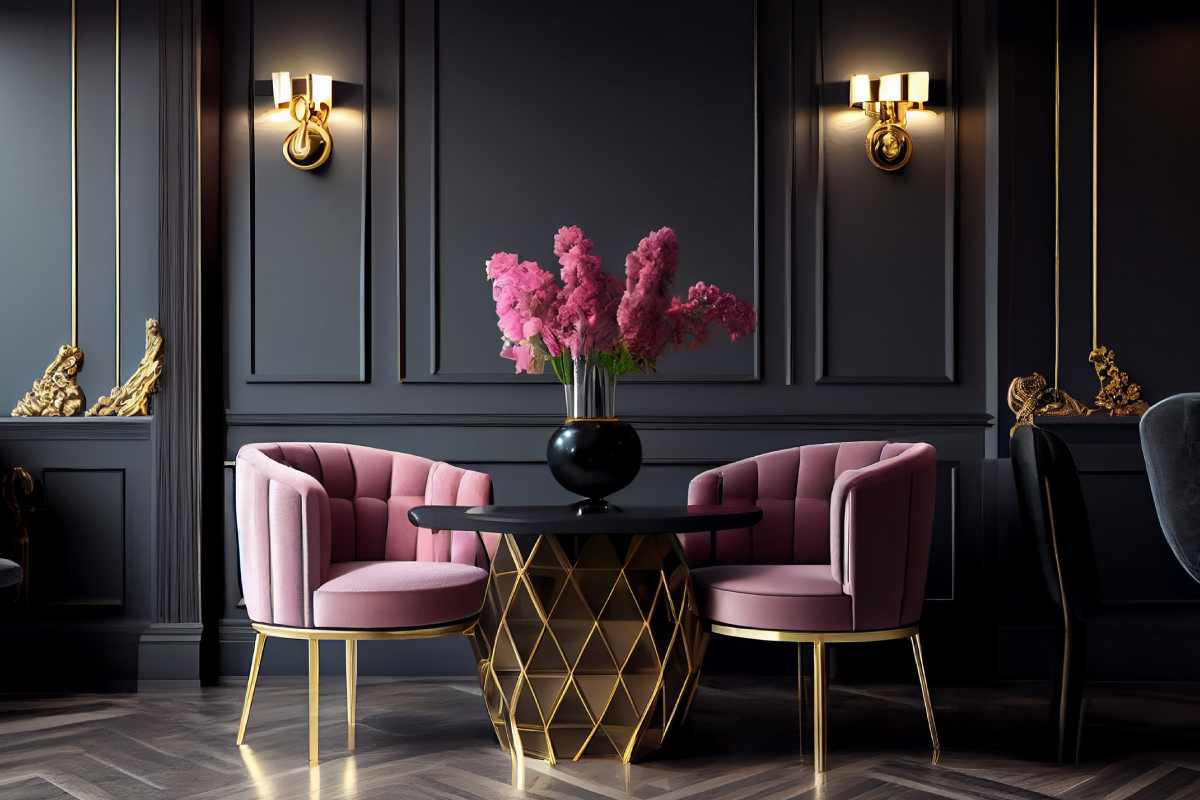Welcome to our latest blog post, where we delve into the world of interior design and explore the transformative power of accent walls. If you’re looking to add personality and visual interest to your home, accent walls are a fantastic way to achieve that wow factor without overwhelming your space. From bold colours to textured finishes, let’s dive into Accent Walls 101 and discover how strategic house painting in Melbourne can elevate your interior design game.
Choosing the Perfect Wall:
The first step in creating a stunning accent wall is selecting the right wall to highlight. Think about the layout of your room and consider which wall naturally draws the eye or serves as a focal point. This point could be the wall behind your bed in the bedroom, the wall opposite the entryway in the living room, or even a recessed wall in the dining area. By strategically choosing the perfect fence, you can instantly add depth and dimension to your space.
Colour Psychology:
Once you’ve identified your accent wall, it’s time to choose the perfect colour. Colour psychology plays a significant role in interior design, as different hues can evoke different emotions and moods. For example, warm tones like reds and oranges can create a cozy and inviting atmosphere, perfect for living rooms or dining areas. On the other hand, cool tones like blues and greens can promote relaxation and tranquillity, making them ideal for bedrooms or home offices. Consider the mood you want to achieve in each room and select a colour that reflects that vision.
Bold Statements:
If you’re feeling adventurous, don’t be afraid to go bold with your accent wall. Vibrant colours like deep blues, rich purples, or daring yellows can make a dramatic statement and infuse your space with personality. Experiment with different shades and hues to find the perfect balance between impact and harmony. Remember, an accent wall is meant to stand out, so don’t shy away from bold choices that reflect your unique style and taste.
Texture and Patterns:
In addition to colour, texture and patterns can also play a key role in creating dynamic accent walls. Interior house painters in Melbourne must consider using wallpaper, stencils, or textured paint techniques to add depth and visual interest to your chosen wall. Whether it’s a subtle geometric pattern, a faux brick finish, or a whimsical mural, incorporating texture and patterns can take your accent wall to the next level and make it a true focal point of your room.
Strategic Placement:
Accent walls aren’t just for adding colour or texture—they can also be used to highlight architectural features and design elements within your home. For example, painting an accent wall behind a built-in bookcase or fireplace can draw attention to these focal points and make them stand out even more. Similarly, accentuating a wall with architectural details like crown moulding or wainscoting can create a sense of elegance and sophistication.
Lighting Considerations:
Don’t forget to consider lighting when designing your accent wall. Proper lighting can enhance the impact of your accent wall and bring out its full potential. Natural light can highlight the colour and texture of your wall during the day, while strategically placed lighting fixtures can create drama and ambience in the evening. Experiment with different lighting options to find the perfect balance that showcases your accent wall in its best light.
Furniture Arrangement:
When planning your accent wall, consider how it will interact with your furniture arrangement. Ensure that the colours and patterns of your accent wall complement your existing furnishings and decor elements. You can use your accent wall to tie together different pieces of furniture or to create a focal point that anchors the room’s design. By harmonizing your accent wall with your furniture arrangement, you can make a cohesive and inviting space that feels well-balanced and thoughtfully curated.
DIY vs. Professional:
While painting an accent wall can be a fun and rewarding DIY project, sometimes it’s best to leave it to the professionals. If you’re not confident in your painting skills or if you’re tackling a complex design, hiring a professional interior house painter in Melbournecan ensure a flawless result. Professional painters have the expertise, tools, and experience to execute intricate designs and achieve professional-quality finishes. Plus, they can save you time and effort, allowing you to sit back, relax, and enjoy your newly transformed space.
Additional Tips:
- Incorporate natural elements such as wood or stone accents to complement your accent wall and add warmth and texture to your space.
- Consider using metallic paints or finishes to add a touch of glamour and sophistication to your accent wall.
- Don’t be afraid to experiment with different paint application techniques, such as ombre or sponge painting, to create unique and eye-catching effects.
- Use your accent wall to showcase artwork, photographs, or decorative items that reflect your style and interests.
- Regularly update your accent wall to keep your space feeling fresh and dynamic, whether it’s with a new colour, pattern, or texture.
- Explore the concept of “floating” accent walls, where the colour extends onto the ceiling or adjacent walls, creating a seamless and cohesive look throughout the room.
Conclusion: Transform Your Space with Accent Walls
In conclusion, accent walls are a fantastic way to elevate your interior design and infuse your home with personality and style. By strategically choosing the perfect wall and making the right choice between DIY and professional painting, you can create a stunning focal point that transforms your space. So go ahead, unleash your creativity, and let your accent walls take centre stage in your home’s design story.

